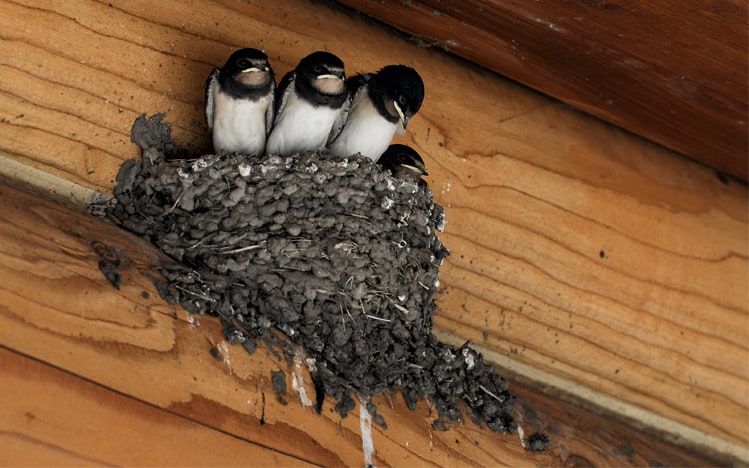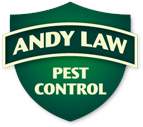
How Much Do You Know about Bird Mites?
If you have begun to suffer from itchy bites in your home, chances are you may have arrived on this page wanting to know the facts about bird mites. There are plenty of things that can bite humans, of course. Yet some are easier to see than these little things.
The mites really are little too – measuring around 1mm and therefore quite difficult to spot. You’ll notice red dots appearing on your skin, but many people do not experience anything more than that. If you are unfortunate, you may get a more severe reaction to the bites; it depends on the individual.
How can you be certain you have a problem with bird mites?
The biggest problem with these mites is the bites they leave behind. Not just because they can be itchy, but because they look a lot like the bites left by bed bugs.
The good news is bird mites much prefer birds to humans when it comes to getting a meal. If they didn’t, we’d be calling them human mites. Thankfully, that is not the case. However, you may have problems with bird mites infesting your home if you have birds nesting somewhere on your property.
The most common example of this is where birds get inside a roof space to nest there. The bird mites will hang around them while they are nesting, but once the birds leave, the mites will want a continued food source. That could mean you if they are able to get into the rest of the house.
And they will, since they are so small.
Spotting bird mites
Despite their size, you can easily spot bird mites if you know what to look for – especially once they have eaten. They appear as miniscule red dots once they have eaten; they’re far harder to spot if they haven’t had a recent meal.
If you think you might have a problem with bird mites, it is a good idea to call in a professional pest controller. They will be able to identify whether the issue is bird mites or bed bugs. Once confirmed, they will be able to adopt the most effective strategy to get rid of the bird mites for you. It is also important to get rid of any birds’ nests prior to the next mating season, and to make sure the birds cannot return to roost in your home.
